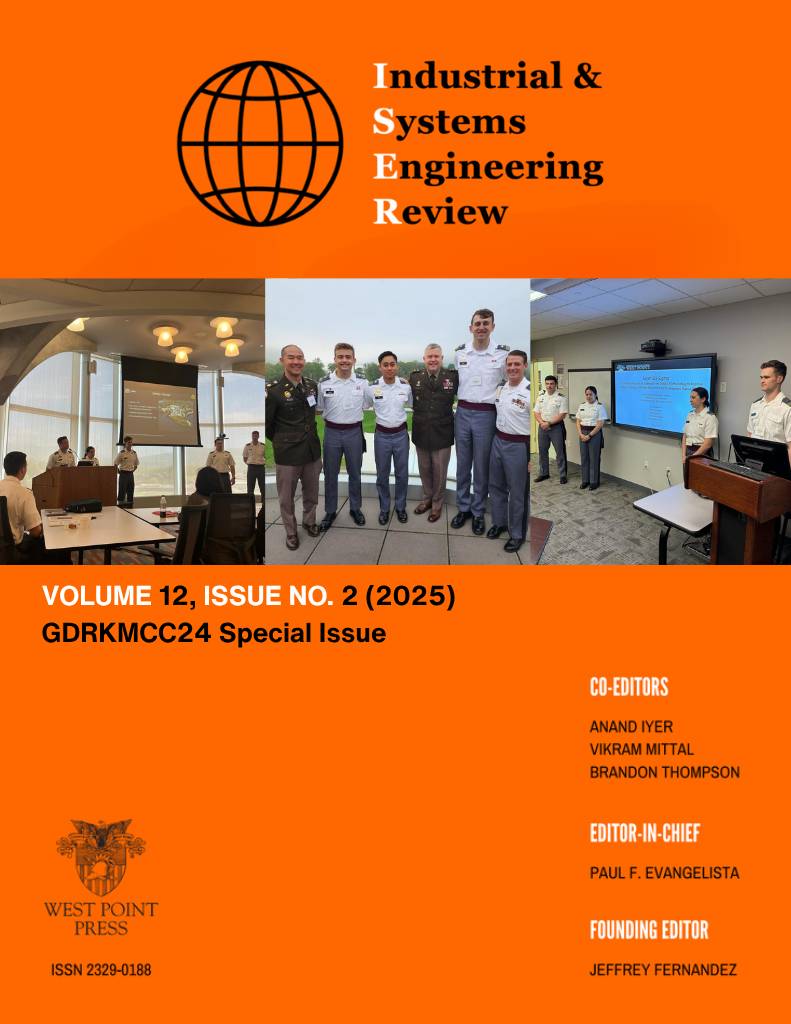References
Army Cyber Center of Excellence. (2023). Zero trust tactical implementation guide (Technical Report). Fort Gordon, Georgia: Cyber Center of Excellence, Fort Gordon. (Controlled by: Army CCoE. CUI Category: CTI, OPSEC. Dissemination Control: FEDCON.)
Barrett, C., Boyd, B., Bursztein, E., Carlini, N., Chen, B., Choi, J., … Yang, D. (2023). Identifying and mitigating the security risks of generative ai. Foundations and Trends® in Privacy and Security, 6(1), 1–52. doi: 10.1561/3300000041
Bommasani, R., Hudson, D. A., Adeli, E., Altman, R., Arora, S., von Arx, S., … Liang, P. (2021). On the opportunities and risks of foundation models. ArXiv, abs/2108.07258. Retrieved from https://api.semanticscholar.org/CorpusID: 237091588
Cybersecurity and Infrastructure Security Agency. (2020). Ed 21-01: Mitigate solarwinds orion code compromise. Retrieved from https://www.cisa.gov/news-events/directives/ed-21-01-mitigate-solarwinds-orion-code-compromise.
Devlin, J., Chang, M.-W., Lee, K., & Toutanova, K. (2019). Bert: Pre-training of deep bidirectional transformers for language understanding.
Ding, B., Qin, C., Liu, L., Chia, Y. K., Joty, S., Li, B., & Bing, L. (2023). Is gpt-3 a good data annotator?
Executive order 14028: Improving the nation’s cybersecurity. (2021). Retrieved from https://www.gsa.gov/technology/ it-contract-vehicles-and-purchasing-programs/technology-products-services/it-security/executive-order-14028
Goodfellow, I. J., Pouget-Abadie, J., Mirza, M., Xu, B., Warde-Farley, D., Ozair, S., … Bengio, Y. (2014). Generative adversarial nets. In Proceedings of the 27th international conference on neural information processing systems - volume 2 (p. 2672– 2680). Cambridge, MA, USA: MIT Press.
Hu, J. E., Shen, Y., Wallis, P., Allen-Zhu, Z., Li, Y., Wang, S., & Chen, W. (2021). Lora: Low-rank adaptation of large language models. ArXiv, abs/2106.09685. Retrieved from https://api.semanticscholar.org/CorpusID:235458009
ISOO. (2018). Marking classified national security information. Retrieved from https://www.archives.gov/files/ isoo/training/marking-booklet-revision.pdf
Kaur, R., Gabrijelčič, D., & Klobučar, T. (2023). Artificial intelligence for cybersecurity: Literature review and future research directions. Information Fusion, 97, 101804. doi: https://doi.org/10.1016/j.inffus.2023.101804
Keall, C. (2019). Experts warning as microsoft restores office 365 after worldwide outage. Retrieved from
https://www.nzherald.co.nz/business/experts-warning-as-microsoft-restores-office-365-after
-worldwide-outage/JZVIHQJZSLT3WPXTEAXBVROSGQ/?c_id=3&objectid=12286870
Kucharavy, A., Schillaci, Z. M., Mar’echal, L., Wursch, M., Dolamic, L., Sabonnadiere, R., … Lenders, V. (2023). Funda- mentals of generative large language models and perspectives in cyber-defense. ArXiv, abs/2303.12132. Retrieved from https://api.semanticscholar.org/CorpusID:257663521
National Institute of Standards and Technology. (2018). Framework for improving critical infrastructure cybersecurity. Retrieved from https://nvlpubs.nist.gov/nistpubs/cswp/nist.cswp.04162018.pdf
Pangakis, N., Wolken, S., & Fasching, N. (2023). Automated annotation with generative ai requires validation. ArXiv, abs/2306.00176. Retrieved from https://api.semanticscholar.org/CorpusID:259000016
Pourpanah, F., Abdar, M., Luo, Y., Zhou, X., Wang, R., Lim, C. P., … Wu, Q. M. J. (2023). A review of generalized zero-shot learning methods. IEEE Transactions on Pattern Analysis and Machine Intelligence, 45(4), 4051-4070.
Vaswani, A., Shazeer, N., Parmar, N., Uszkoreit, J., Jones, L., Gomez, A. N., … Polosukhin, I. (2017). Atten- tion is all you need. In I. Guyon et al. (Eds.), Advances in neural information processing systems (Vol. 30). Curran Associates, Inc. Retrieved from https://proceedings.neurips.cc/paper_files/paper/2017/file/ 3f5ee243547dee91fbd053c1c4a845aa-Paper.pdf
Wolfram, S. (2023, Feb). What is chatgpt doing ... and why does it work? Retrieved from https://writings.stephenwolfram.com/2023/02/what-is-chatgpt-doing-and-why-does-it-work/ (Accessed: 2023-03-08)
Woodiss-Field, A., Johnstone, M. N., & Haskell-Dowland, P. (2024). Examination of traditional botnet detection on iot-based bots. Sensors, 24(3). Retrieved from https://www.mdpi.com/1424-8220/24/3/1027 doi: 10.3390/s24031027
Young, S. D. (2021). Improving detection of cybersecurity vulnerabilities and incidents on federal government systems through endpoint detection and response. Retrieved from https://www.whitehouse.gov/wp-content/uploads/2021/10/ M-22-01.pdf
Young, S. D. (2022). Moving the u.s. government toward zero trust cybersecurity principles. Retrieved from https:// www.whitehouse.gov/wp-content/uploads/2022/01/M-22-09.pdf
Zhang, P., Zeng, G., Wang, T., & Lu, W. (2024). TinyLlama: An open-source small language model.








